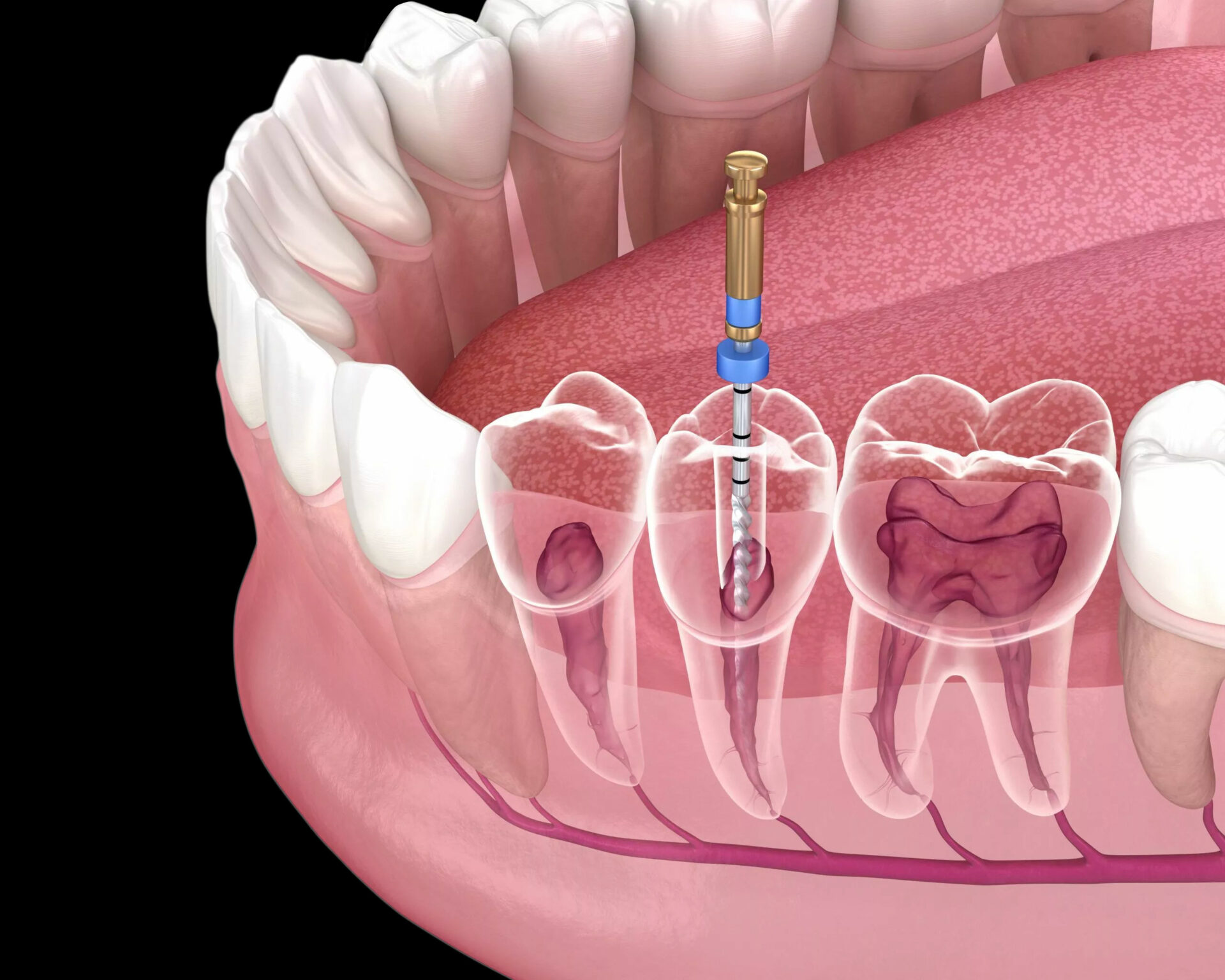
Image Source: Google
Dealing with a root canal can be a daunting experience, but it doesn't have to be overwhelming. By understanding the process and what to expect during treatment and recovery, you can ease your worries and set yourself up for a smooth healing journey. This complete guide will walk you through everything you need to know about root canal treatment and recovery, from the procedure itself to tips for a speedy recovery.
Understanding Root Canal Treatment
What is a Root Canal?
- A root canal is a dental procedure used to treat infected or damaged teeth.
- During a root canal, the pulp inside the tooth is removed to eliminate infection and relieve pain.
- After the infected pulp is removed, the tooth is cleaned, filled, and sealed to prevent further infection.
Signs You Need a Root Canal
- Severe tooth pain, especially when chewing or applying pressure.
- Prolonged sensitivity to hot or cold temperatures.
- Swollen or tender gums near the affected tooth.
- A darkening or discoloration of the tooth.
The Root Canal Treatment Process
Step 1: Diagnosis and X-Rays
Before starting the root canal procedure, your dentist will examine the affected tooth and take X-rays to assess the extent of the damage.
Step 2: Anesthesia
Your dentist will numb the area around the tooth with a local anesthetic to ensure you don't feel any pain during the procedure.
Step 3: Pulp Removal
Once the area is numb, the dentist will create an opening in the tooth and remove the infected pulp using specialized tools.
Step 4: Cleaning and Filling
The inside of the tooth is then cleaned and disinfected before being filled with a rubber-like material called gutta-percha.
Step 5: Sealing the Tooth
After filling the tooth, a temporary filling or crown is placed to seal the tooth and protect it from further damage.
Recovery Tips After a Root Canal
1. Take Pain Medication as Prescribed
It is normal to experience some discomfort after a root canal. Take any prescribed pain medication as directed by your dentist to manage pain effectively.
2. Avoid Chewing on the Treated Tooth
Give your tooth time to heal by avoiding chewing on it until the permanent filling or crown is placed. Stick to soft foods to prevent discomfort.
3. Practice Good Oral Hygiene
Continue to brush and floss regularly to keep the treated tooth and surrounding areas clean. This will help prevent further infection and promote healing.
4. Attend Follow-Up Appointments
Make sure to attend any follow-up appointments scheduled by your dentist. These visits are essential to monitor your recovery and ensure the success of the root canal treatment.
5. Be Mindful of Any Signs of Infection
If you experience severe pain, swelling, or a fever after the root canal, contact your dentist immediately. These could be signs of an infection that needs prompt attention.
Potential Complications and Risks
1. Incomplete Cleaning
- If the tooth is not thoroughly cleaned during the root canal procedure, it can lead to reinfection and the need for retreatment.
2. Cracked Tooth
- In some cases, the tooth may become cracked or fractured during the root canal procedure, requiring additional treatment.
3. Allergic Reactions
- Some patients may experience allergic reactions to the materials used during the root canal procedure. It is essential to inform your dentist of any allergies beforehand.
Conclusion
Root canal treatment may seem intimidating, but it is a common procedure that can save your tooth and alleviate pain. By understanding the root canal process, following recovery tips, and being aware of potential risks, you can navigate the treatment with confidence. Remember to communicate openly with your dentist, ask any questions you may have, and prioritize your oral health for a successful recovery.

